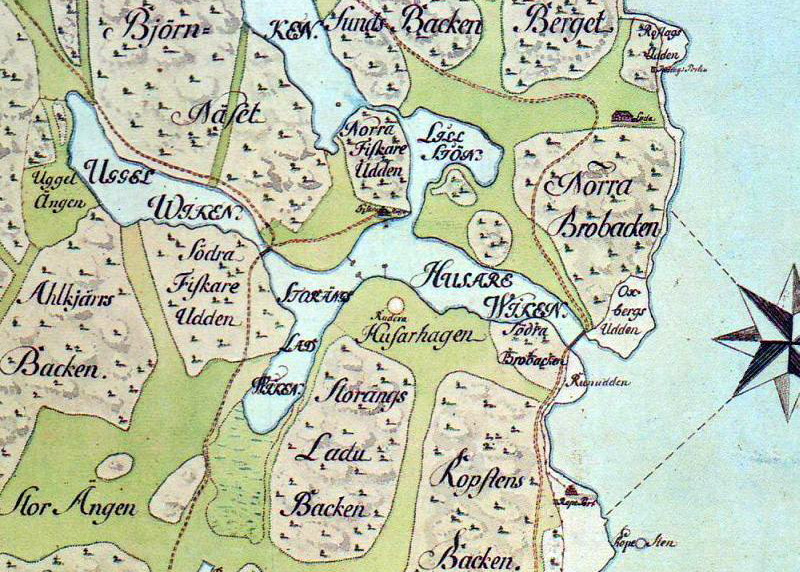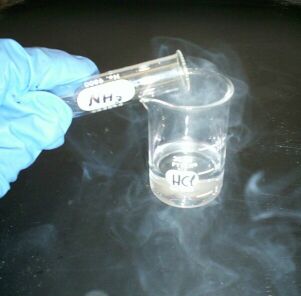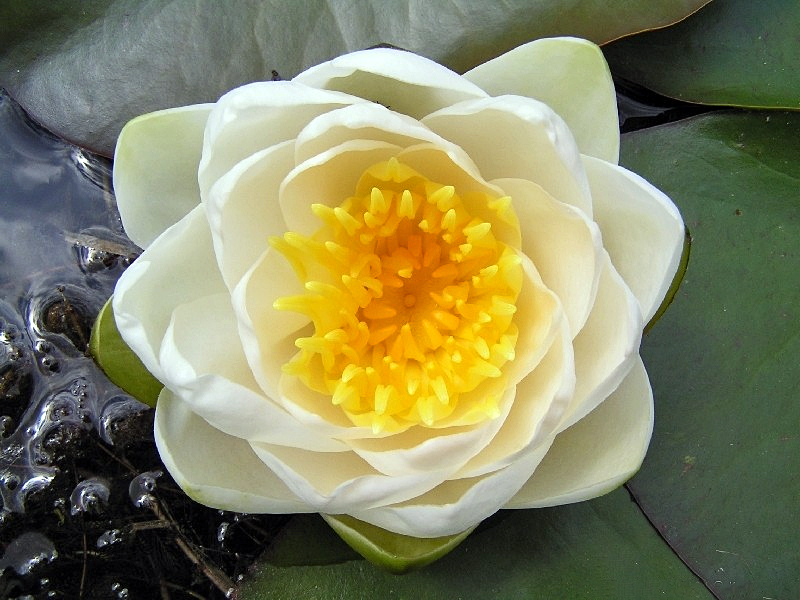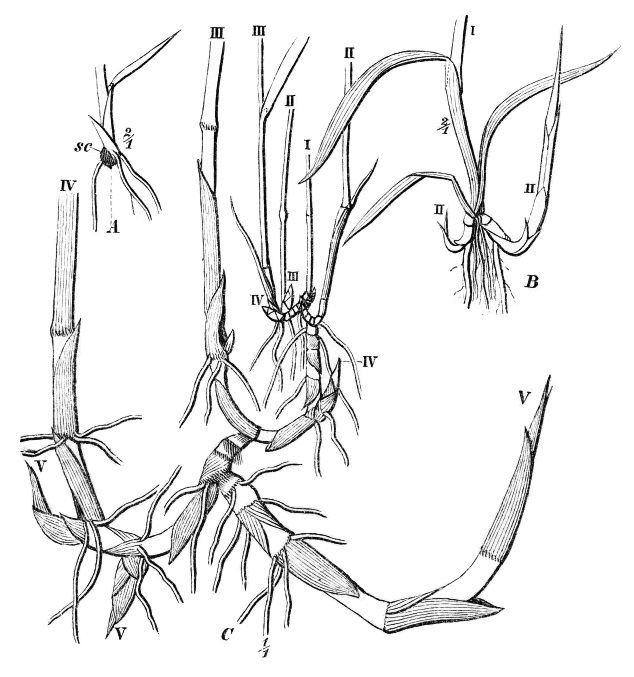|
Spegeldammen
Spegeldammen ( sv, (the) Mirror Pond) is a small lake in Norra Djurgården in north-eastern central Stockholm, Sweden. It is one of six lakes in Djurgården, the others being Lillsjön, Uggleviken, Isbladskärret, Laduviken, and Lappkärret. Located in the Royal National City Park, Spegeldammen is considered of great recreational value and forms part of a proposed nature reserve. It was created in the early 1980s after a shooting range here was closed and is today leased by an angling club for catch-and-release fishery. Catchment area The catchment area is dominated by open meadows with oaks in the patches of forest. During most of the 20th century, the area found use as a shooting range, and as a waterlogged marsh where excavated earth and other material was dumped. The range was discontinued in 1978 and shortly thereafter sediments from the nearby Laduviken and other excavated material was disposed within the present catchment area of Spegeldammen, and the lake was crea ... [...More Info...] [...Related Items...] OR: [Wikipedia] [Google] [Baidu] |
Lappkärret
Lappkärret is a small lake in Norra Djurgården in north-eastern Stockholm, Sweden, near Stockholm University. It is one of six lakes in Djurgården, the others being: Lillsjön, Uggleviken, Isbladskärret, Laduviken, and Spegeldammen. Through its location in the Royal National City Park, it is considered as a lake of great recreational value, especially popular among ornithologists and frequently used in classes at the University of Stockholm located nearby. As the name implies, it used to be a marsh until construction works for the student apartments at Lappkärrsberget punctured a subsoil spring in the 1960s. Today, the lake empties into the strait Lilla Värtan through a culvert and forms part of a proposed nature reserve in Norra Djurgården. Catchment area Most of the catchment area is composed of open fields and areas of spruce and deciduous forest, with a single trafficked road passing west of the lake. Next to a group of nearby allotment-gardens is a 4-H farmy ... [...More Info...] [...Related Items...] OR: [Wikipedia] [Google] [Baidu] |
Isbladskärret
Isbladskärret is a small lake on Djurgården, an island in central Stockholm, Sweden. The lake is much appreciated among bird-watchers, and, being part of the Royal National City Park, also carefully monitored by several organizations, including the World Wide Fund for Nature. The lake is one of six in Djurgården (including Northern Djurgården, north of the island), the others being Lillsjön, Uggleviken, Spegeldammen, Lappkärret, and Laduviken. Origin of the name The name is derived from a small hunter's lodge located near the present lake. In historical records documenting fishing grounds on Djurgården during the 17th century, the lodge is unintelligibly called ''Isbla''. The same lodge also gave name to a bay, Isbladsviken. Most Stockholmer's today are likely to interpret the name as ''Is-blads-kärret'' ("The Ice Leaf Marsh"). History The area was originally a marsh separating the northern and southern parts of Djurgården until the 1830s when the canal Dj ... [...More Info...] [...Related Items...] OR: [Wikipedia] [Google] [Baidu] |
Lillsjön, Djurgården
Lillsjön ( sv, Small Lake) is a small, former lake in Norra Djurgården, a semi-rural area in north-eastern central Stockholm, Sweden, forming part of the Royal National City Park. Today transformed into a wetland, it is often mentioned as one of the six lakes in the area, the other being: Laduviken, Uggleviken, Isbladskärret, Lappkärret, and Spegeldammen. Lillsjön used to be connected to other lakes in the area through narrow straits. Through a project sponsored by the World Wide Fund for Nature, water was pumped into the small basin reinforced by new embankments. Reed was also burnt away, and the former lake thus transformed into a shore meadow attracting many birds, starting with northern lapwings in March, followed by common snipes later in spring. In autumn, many birds rest here on their way south, such as wood sandpipers, common redshanks, greenshanks, and ruffs. Upptäck A striking feature at Lillsjön are the Highland cattle residing there from May to Octobe ... [...More Info...] [...Related Items...] OR: [Wikipedia] [Google] [Baidu] |
Laduviken
Laduviken ( sv, Barn Bay) is a lake in Norra Djurgården, a semi-rural area in north-eastern Stockholm, Sweden, forming part of the Royal National City Park. It is one of six lakes in Djurgården, the others being: Lillsjön, Uggleviken, Isbladskärret, Lappkärret, and Spegeldammen. Catchment area Most of the catchment area is composed of open grassland with scattered oaks and other hardwood. West of the lake, the buildings of the Stockholm University take up some 20 per cent of the surface and a few roads, a traffic route, the suburban railway Roslagsbanan, and the subterranean metro passes through the area. East of the lake are some minor one-family houses and commercial buildings. The terrain north of the lake is flat while the southern shore is steep and, as the area west of the lake is drained by a ditch dug through a filled-up wetland, most of the catchment area is located there and most of the inflow comes from an ooze and oil separator treating water from human-m ... [...More Info...] [...Related Items...] OR: [Wikipedia] [Google] [Baidu] |
Phosphate
In chemistry, a phosphate is an anion, salt, functional group or ester derived from a phosphoric acid. It most commonly means orthophosphate, a derivative of orthophosphoric acid . The phosphate or orthophosphate ion is derived from phosphoric acid by the removal of three protons . Removal of one or two protons gives the dihydrogen phosphate ion and the hydrogen phosphate ion ion, respectively. These names are also used for salts of those anions, such as ammonium dihydrogen phosphate and trisodium phosphate. File:3-phosphoric-acid-3D-balls.png, Phosphoricacid File:2-dihydrogenphosphate-3D-balls.png, Dihydrogenphosphate File:1-hydrogenphosphate-3D-balls.png, Hydrogenphosphate File:0-phosphate-3D-balls.png, Phosphate In organic chemistry, phosphate or orthophosphate is an organophosphate, an ester of orthophosphoric acid of the form where one or more hydrogen atoms are replaced by organic groups. An example is trimethyl phosphate, . The term also refers to the ... [...More Info...] [...Related Items...] OR: [Wikipedia] [Google] [Baidu] |
Ammonium
The ammonium cation is a positively-charged polyatomic ion with the chemical formula or . It is formed by the protonation of ammonia (). Ammonium is also a general name for positively charged or protonated substituted amines and quaternary ammonium cations (), where one or more hydrogen atoms are replaced by organic groups (indicated by R). Acid–base properties The ammonium ion is generated when ammonia, a weak base, reacts with Brønsted acids (proton donors): :H+ + NH3 -> H4 The ammonium ion is mildly acidic, reacting with Brønsted bases to return to the uncharged ammonia molecule: : H4 + B- -> HB + NH3 Thus, treatment of concentrated solutions of ammonium salts with strong base gives ammonia. When ammonia is dissolved in water, a tiny amount of it converts to ammonium ions: :H2O + NH3 OH- + H4 The degree to which ammonia forms the ammonium ion depends on the pH of the solution. If the pH is low, the equilibrium shifts to the right: more ammonia molecules are ... [...More Info...] [...Related Items...] OR: [Wikipedia] [Google] [Baidu] |
Nutrient
A nutrient is a substance used by an organism to survive, grow, and reproduce. The requirement for dietary nutrient intake applies to animals, plants, fungi, and protists. Nutrients can be incorporated into cells for metabolic purposes or excreted by cells to create non-cellular structures, such as hair, scales, feathers, or exoskeletons. Some nutrients can be metabolically converted to smaller molecules in the process of releasing energy, such as for carbohydrates, lipids, proteins, and fermentation products (ethanol or vinegar), leading to end-products of water and carbon dioxide. All organisms require water. Essential nutrients for animals are the energy sources, some of the amino acids that are combined to create proteins, a subset of fatty acids, vitamins and certain minerals. Plants require more diverse minerals absorbed through roots, plus carbon dioxide and oxygen absorbed through leaves. Fungi live on dead or living organic matter and meet nutrient needs from thei ... [...More Info...] [...Related Items...] OR: [Wikipedia] [Google] [Baidu] |
Aquatic Plant
Aquatic plants are plants that have adapted to living in aquatic environments ( saltwater or freshwater). They are also referred to as hydrophytes or macrophytes to distinguish them from algae and other microphytes. A macrophyte is a plant that grows in or near water and is either emergent, submergent, or floating. In lakes and rivers macrophytes provide cover for fish, substrate for aquatic invertebrates, produce oxygen, and act as food for some fish and wildlife. Macrophytes are primary producers and are the basis of the food web for many organisms. They have a significant effect on soil chemistry and light levels as they slow down the flow of water and capture pollutants and trap sediments. Excess sediment will settle into the benthos aided by the reduction of flow rates caused by the presence of plant stems, leaves and roots. Some plants have the capability of absorbing pollutants into their tissue. Seaweeds are multicellular marine algae and, although their ecologic ... [...More Info...] [...Related Items...] OR: [Wikipedia] [Google] [Baidu] |
Hornwort
Hornworts are a group of non-vascular Embryophytes (land plants) constituting the division Anthocerotophyta (). The common name refers to the elongated horn-like structure, which is the sporophyte. As in mosses and liverworts, hornworts have a gametophyte-dominant life cycle, in which cells of the plant carry only a single set of genetic information; the flattened, green plant body of a hornwort is the gametophyte stage of the plant. Hornworts may be found worldwide, though they tend to grow only in places that are damp or humid. Some species grow in large numbers as tiny weeds in the soil of gardens and cultivated fields. Large tropical and sub-tropical species of '' Dendroceros'' may be found growing on the bark of trees. The total number of species is still uncertain. While there are more than 300 published species names, the actual number could be as low as 100-150 species. Description Like all bryophytes, the dominant life phase of a hornwort is the haploid gametophyt ... [...More Info...] [...Related Items...] OR: [Wikipedia] [Google] [Baidu] |
Cadmium
Cadmium is a chemical element with the symbol Cd and atomic number 48. This soft, silvery-white metal is chemically similar to the two other stable metals in group 12, zinc and mercury. Like zinc, it demonstrates oxidation state +2 in most of its compounds, and like mercury, it has a lower melting point than the transition metals in groups 3 through 11. Cadmium and its congeners in group 12 are often not considered transition metals, in that they do not have partly filled ''d'' or ''f'' electron shells in the elemental or common oxidation states. The average concentration of cadmium in Earth's crust is between 0.1 and 0.5 parts per million (ppm). It was discovered in 1817 simultaneously by Stromeyer and Hermann, both in Germany, as an impurity in zinc carbonate. Cadmium occurs as a minor component in most zinc ores and is a byproduct of zinc production. Cadmium was used for a long time as a corrosion-resistant plating on steel, and cadmium compounds are used as red, ora ... [...More Info...] [...Related Items...] OR: [Wikipedia] [Google] [Baidu] |
Phragmites
''Phragmites'' () is a genus of four species of large perennial reed grasses found in wetlands throughout temperate and tropical regions of the world. Taxonomy The World Checklist of Selected Plant Families, maintained by Kew Garden in London, accepts the following four species: * '' Phragmites australis'' ( Cav.) Trin. ex Steud. – cosmopolitan * '' Phragmites japonicus'' Steud. – Japan, Korea, Ryukyu Islands, Russian Far East * '' Phragmites karka'' ( Retz.) Trin. ex Steud. – tropical Africa, southern Asia, Australia, some Pacific Islands, invasive in New Zealand * '' Phragmites mauritianus'' Kunth – central + southern Africa, Madagascar, Mauritius The cosmopolitan common reed has the generally accepted botanical name ''Phragmites australis''. (Cav.) Trin. ex Steud. About 130 other synonyms have been proposed. Examples include ''Phragmites communis'' Trin., ''Arundo phragmites'' L., and ''Phragmites vulgaris'' (Lam.) Crép. (illegitimate name). Wildlife in reed ... [...More Info...] [...Related Items...] OR: [Wikipedia] [Google] [Baidu] |





